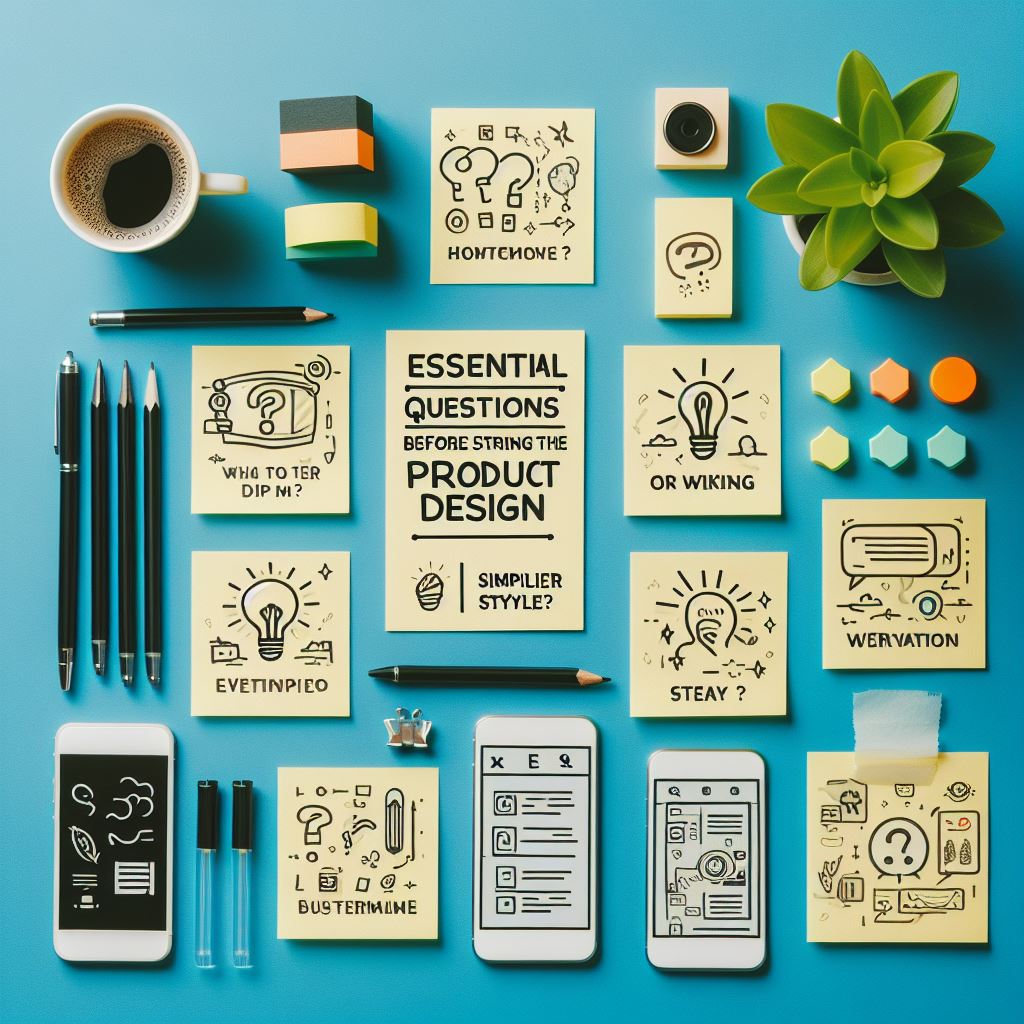Getting started with the product design process can be quite challenging for many product designers, mainly because they’re unsure about where to begin. The primary question that needs to be addressed is the current stage of the product. What is the maturity level of the product? It’s equally important to have a good understanding of the product’s mission, vision, value proposition, and how it generates revenue.
Before you dive into using any specific models or methods to enhance the product, there’s a crucial question that must be answered: Has the product already been launched and gained users? The answer to this initial consideration serves as the basis for the subsequent steps in the design process.
If your product is already available on the market and you have an existing user base, you can begin by conducting an in-depth examination. This involves crafting profiles based on your current users and contrasting them with exemplary personas. Moreover, you can employ techniques such as AB testing, usability testing, interviews, and also assess metrics such as the NPS score. Additionally, you can establish heatmaps and utilize web analysis tools to thoroughly evaluate your current platform. You always have the opportunity to test new ideas with a smaller group of early adopter users or discuss them in a focus group. Launching new ideas or making pivots can be smoother for products that have already been launched, but it’s crucial to consider the impact of these processes on the user experience.
If you haven’t launched a product yet and you’re in the early stages of creating one, the initial phase includes product/user research. It’s crucial to identify the user persona. Various methods can be used, like user journey mapping, empathy mapping, mood boards, mind mapping, or the AEIOU framework. If you’ve already launched a product, there’s a chance the design research process might not have been comprehensive, potentially requiring revisions.
Design research is an ongoing process that shouldn’t be prematurely halted. It’s vital to consistently engage in it to uncover disparities between the product, its users, and the market. After conducting design research, you can proceed to commence the design phase. This involves crafting something that aligns with user requirements, creating prototypes, and conducting tests to enhance it until it adequately meets user needs. Following this, you can then begin the development process. It’s important to consistently communicate these findings with others. Creating wikis or maintaining an internal blog can prove to be beneficial, allowing you to disseminate the results to other teams, such as marketing and sales.
Frequently, you don’t have an endless amount of time to dedicate to the design process. It’s important to keep in mind both time and resources and avoid wasting too much time searching for the best approach. It’s important to realize that there isn’t one method that’s universally better; instead, you should choose a method that fits your specific needs. The most effective method is the one that can address your questions. Instead of getting stuck on a particular way of doing things, give priority to the end user. Aim to start the launch as soon as possible, making sure to coordinate with the whole team and acknowledging the user as the main stakeholder.


